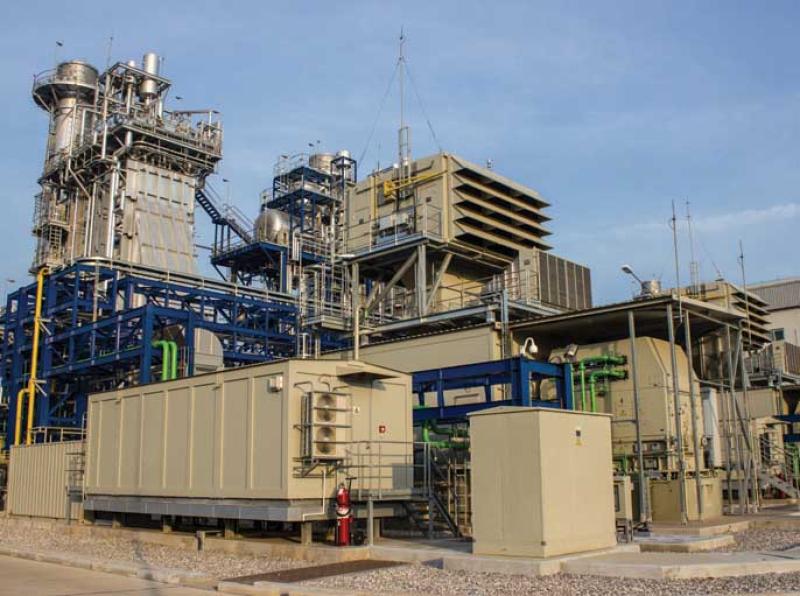With rapid industrialization and infrastructural growth, the demand for power has seen a consistent rise in the past few decades across the globe. While utility grids have expanded over the years, they are often unable to meet the peak energy requirements of large industrial and commercial establishments. Autoproducers provide a reliable solution to such organizations looking for uninterrupted power supply.
Need for Captive Power Plant
Large manufacturing plants, data centers, hotels, hospitals and other commercial facilities usually have continuous round-the-clock operations requiring stable power. Even a brief outage can disrupt production and business continuity, causing heavy losses. The conventional utility grid is prone to transmission losses as well as planned and unplanned outages owing to various operational and technical challenges. Also, obtaining adequate allocation from the grid during periods of peak demand is difficult. This is where autoproducers become indispensable for such organizations. They ensure a stable power supply independent of grid fluctuations through on-site power generation.
Fuel Options for Captive Power Plant
Captive Power Plant provide flexibility in fuel choices to suit individual energy needs. The most common fuels used include:
Coal: Coal remains one of the primary fuels for autoproducers due to its wide availability and relatively lower cost compared to other fossil fuels. However, coal-fired plants require larger land area and have higher carbon emissions.
Natural Gas: Gas offers several advantages like lower emissions, higher efficiency and fuel flexibility. Gas-based captive plants are gaining popularity, especially for locations where gas infrastructure has improved. Dual fuel capability with diesel is also possible, offering fuel security.
Diesel: While the most expensive option, diesel provides on-demand start-up and load adjustment benefits. It is preferred where gas infrastructure is inadequate or as a backup during gas supply issues.
Renewables: Captive plants increasingly incorporate renewable wind and solar power generation. These offer a greener option while assisting in meeting renewable purchase obligations. Energy storage helps address the intermittent nature of these resources.
Project Development and Operation
Developing a autoproducer involves meticulous planning and engineering to size, install and commission the various equipment as per the site's power requirements. A feasibility study evaluates demand growth projections and fuel availability before finalizing plant capacity and configuration. The electricity generated can be supplied to nearby industrial units or used for captive consumption by a single company. Professional operation and maintenance ensures smooth running of the plant as per performance standards. Advanced technologies like predictive maintenance tools help maximize plant uptime and efficiency over the project lifecycle.
Economics and Regulation
While initial capital investments are high for setting up a autoproducer, the total ownership cost works out cheaper in the long run compared to continuing with expensive grid tariffs or diesel gensets. Savings are realized through avoided transmission losses, grid outage costs as well as lower fuel costs in some cases. Multiple companies can jointly develop a plant as a power co-operative to share capital expenditure. Government policies encourage captive generation through fiscal incentives like accelerated depreciation. Regulatory frameworks provide guidelines for technical and commercial operations. Overall, captive power provides a bankable and regulated energy security solution.
With industrial power needs projected to grow exponentially, captive generation will play a pivotal role in bridging the demand-supply gap as grids struggle to catch up. Wider use of cleaner natural gas and renewables will make captive power generation more environment friendly over time. Advancements in energy storage, demand response, and digitalization will enhance plant efficiency while enabling integration of higher levels of renewable energy. Though having substantial upfront costs, autoproducers offer reliable, cost-effective and regulated means of long-term access to power for industries and large consumers. Their development will continue supporting our nation's industrial growth goals sustainably into the future.
Get More Insights on Captive Power Plant
Identify the language that you favour-
About Author-
Alice Mutum is a seasoned senior content editor at Coherent Market Insights, leveraging extensive expertise gained from her previous role as a content writer. With seven years in content development, Alice masterfully employs SEO best practices and cutting-edge digital marketing strategies to craft high-ranking, impactful content. As an editor, she meticulously ensures flawless grammar and punctuation, precise data accuracy, and perfect alignment with audience needs in every research report. Alice's dedication to excellence and her strategic approach to content make her an invaluable asset in the world of market insights.
(LinkedIn: www.linkedin.com/in/alice-mutum-3b247b137 )
